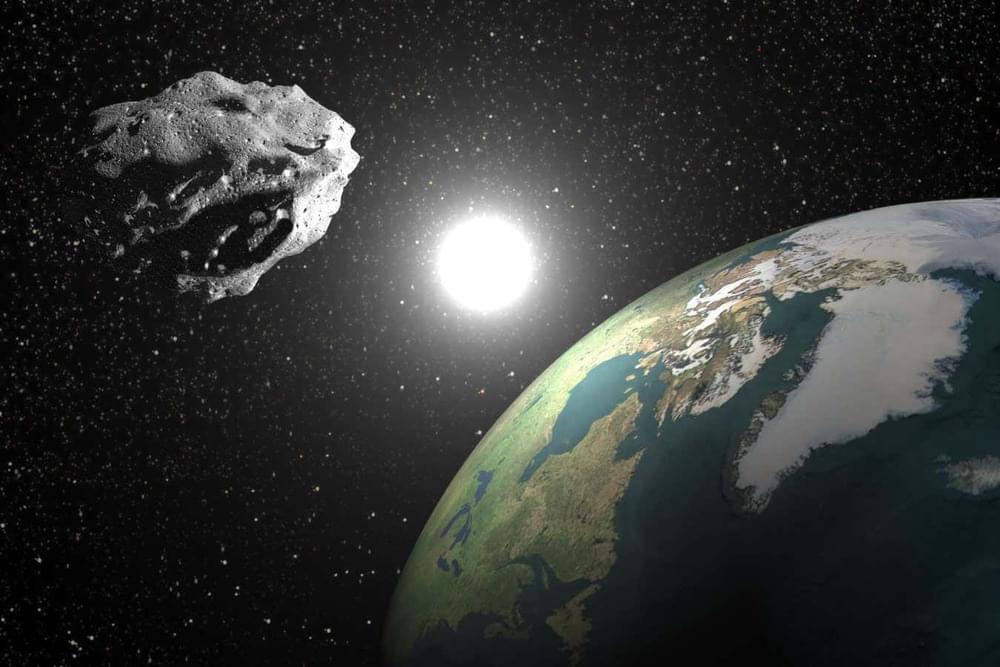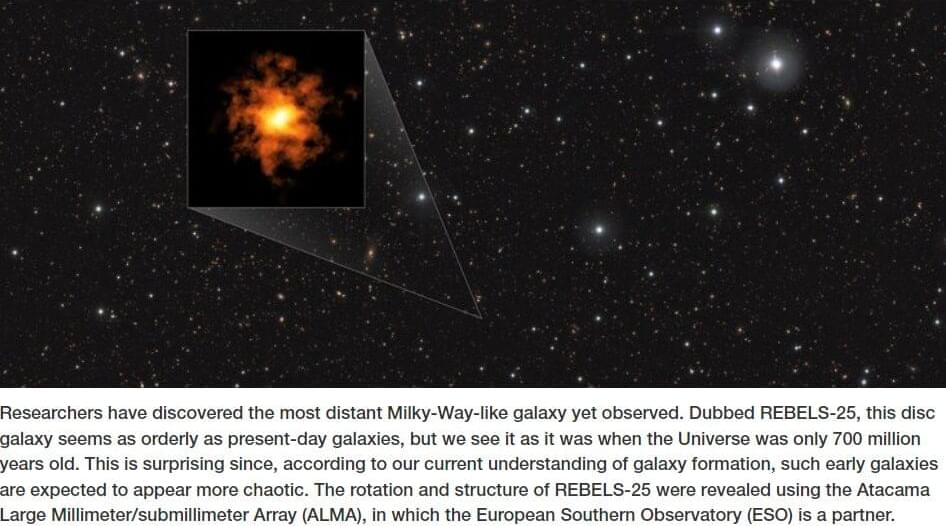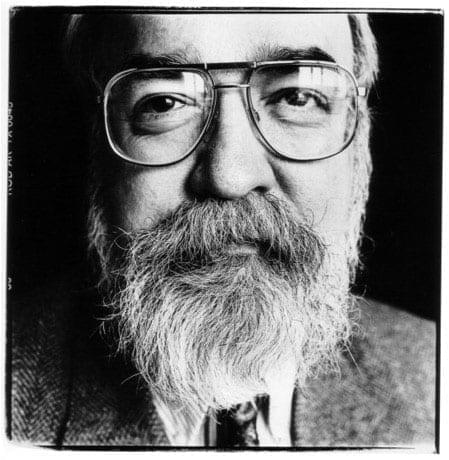Oct 30, 2024
Big batteries lead renewable charge as record 45 gigawatts of new capacity seeks grid connection
Posted by Shailesh Prasad in category: energy
The Australian Energy Market Operator has reported a significant increase in the capacity of new wind, solar and storage projects seeking a grid connection, with the total now exceeding 45 gigawatts for the first time.
AEMO’s latest connection scorecard and its Quarterly Energy Dynamics report for the September quarter says that the capacity of projects going through the connection process – from application to commissioning – has jumped by more than one third to 45.6 GW.
The biggest jump came in battery storage, which nearly doubled from the same period a year earlier to 14.7 GW, confirming that it remains the strongest part of Australia’s sometimes faltering green energy transition (the storage number for batteries varies from project to project and in some early development cases is not settled).


















